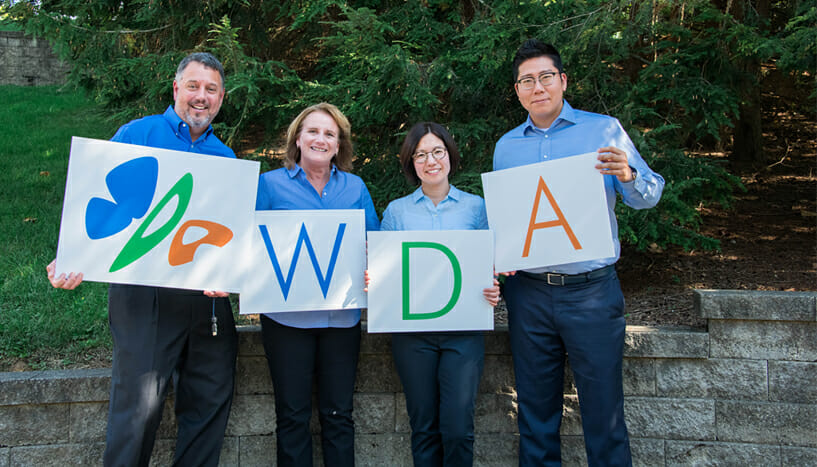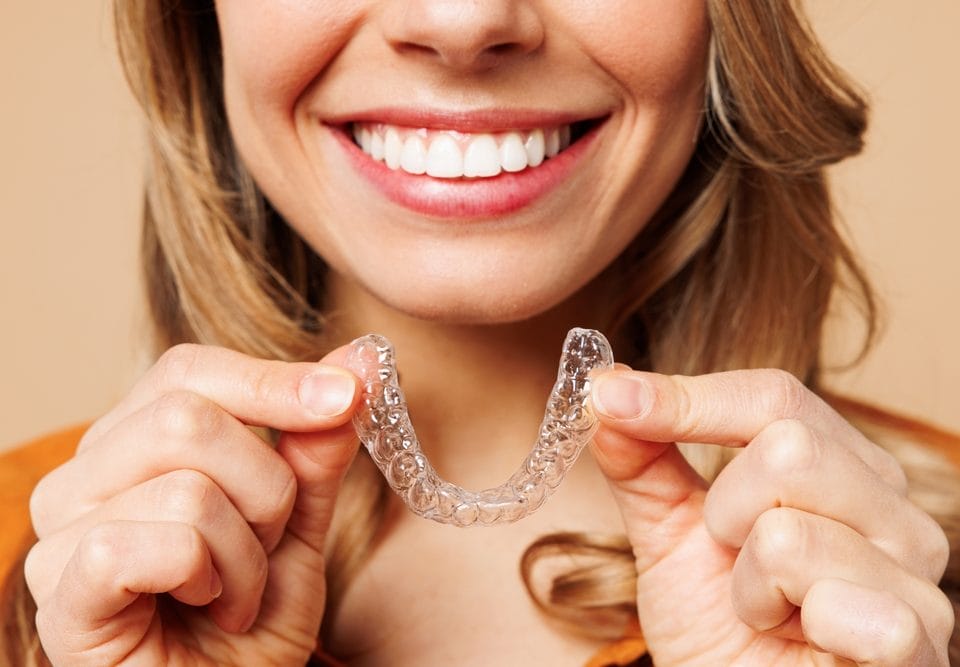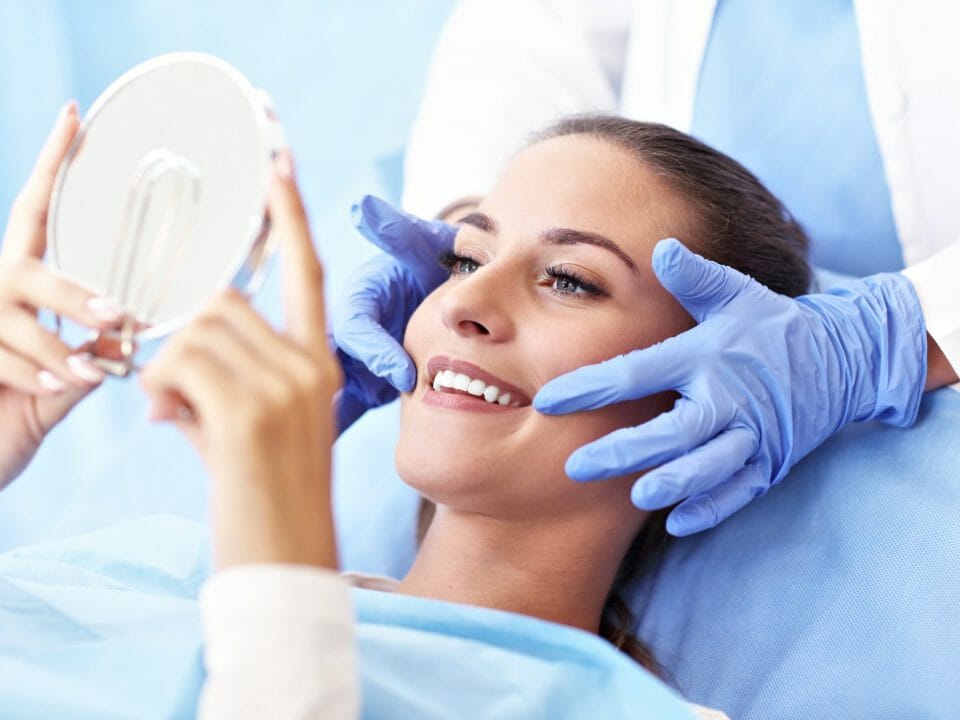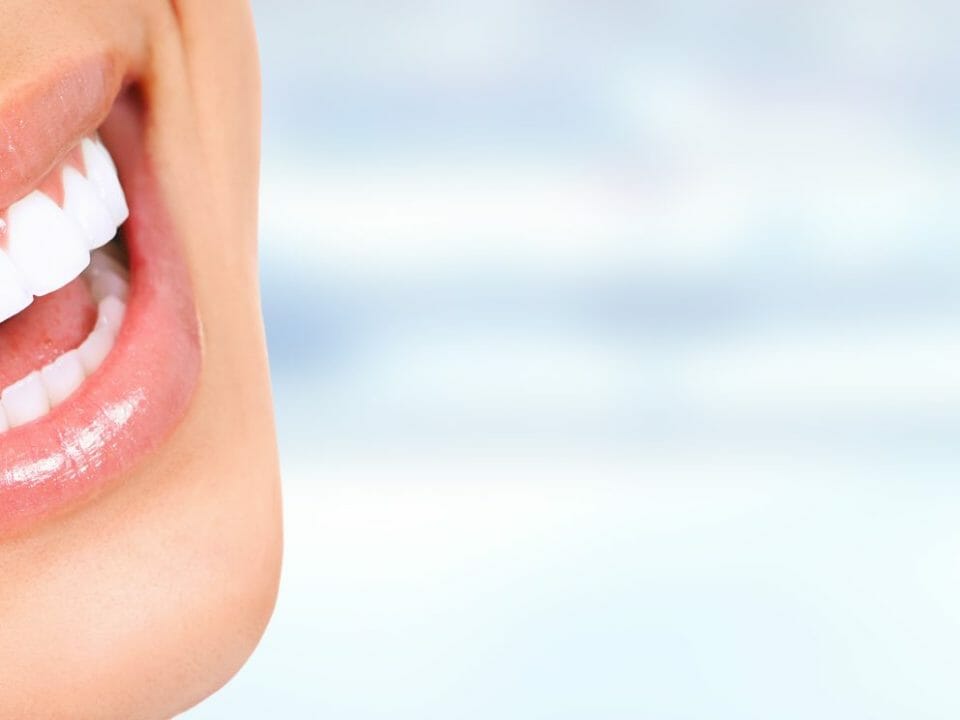
Having a dental emergency? Call us!
614-882-1135
We understand that dental emergencies can happen at any time. If you're in need of urgent care, give us a call, and we'll do everything we can to assist you when it matters most.
Patient Testimonials
Discover Better Dentistry
Become a part of the
Westerville Dental family!
We're accepting new patients. Our dental team prides itself on delivering a truly efficient and enjoyable experience while you’re with us.

Do you want whiter teeth? You are not alone – when the American Academy of Cosmetic Dentistry asked people what they would most like to do to improve their smile, most people said they would like whiter teeth. If you are like many people who want whiter, brighter teeth, you might wonder about the usefulness of teeth whitening kits and products.
Also known as dental bleaching, teeth whitening products remove stains and discolorations to bring teeth to their whitest shade possible. The amount of whitening depends on a number of factors, such as the cause of the stain and the type of product you use.
What causes stained teeth?
The white enamel that covers your teeth is the hardest substance in the human body, but despite this impressive strength, enamel is vulnerable to discoloration and staining. Discoloration can occur on the surface of the enamel or deeper inside the tooth. Depending on the source of the stain and the depth of the discoloration, teeth whitening kits and products can be effective.
Surface stains
Surface stains happen when you eat certain food and drinks; stain-causing chemicals in food and beverages tint the surface of your tooth enamel. Some foods and drinks leave yellow stains, while others can turn your teeth brown.
Tea, wine, coffee, and other beverages can discolor the teeth to make them look yellow. Having a chronically dry mouth or taking certain medications may also turn your teeth yellow. Blackberries, blueberries, pomegranates, and some other fruits can turn teeth brown.
Poor oral hygiene can also cause surface stains. Bacteria living in your mouth can feed upon the sugars and carbohydrates in the food you eat. As they consume the sugar, the bacteria produce the acid that causes tooth decay, also known as cavities. Tooth decay can cause brown or black spots.
Food debris, saliva and bacteria can combine to create plaque, a sticky film that coats the surface of your teeth to cause stains. Brushing and flossing can remove plaque, but left in place, plaque can harden into unsightly tartar that is difficult to remove. Smoking, tartar buildup, and untreated tooth decay can cause brown stains.
Dental professionals refer to these surface discolorations as “extrinsic stains.” Many types of teeth whitening kits and products are useful at removing these extrinsic stains.
Some types of stains respond to treatment than do other discolorations. Yellow teeth seem to respond to treatment better than do brown stains, for example, and teeth with gray stains may not respond at all.
Deeper stains
Tooth enamel is porous, which means the surface has tiny holes in it. Stain-causing food and drinks can seep into these pores to cause deep stains, also known as intrinsic stains. Exposure to excessive levels of fluoride, trauma or injury to the mouth, and the use of some medications can cause intrinsic stains.
Intrinsic stains are resistant to treatment. Not all types of teeth whitening kits and products can remove these stains, so professional cleaning at your dentist’s office may provide best results. Sometimes, whitening will not touch intrinsic stains. Other cosmetic dental procedures, such as dental bonding and crowns, can improve the appearance of these severely stained teeth.
Age-related stains
Age-related stains often develop as the result of a combination of intrinsic and extrinsic stains, along with the natural effects of aging. Years of drinking coffee, tea, wine, and dark soft drinks can have a cumulative effect, causing stains to worsen and become more stubborn over time.
As we age, we lose tooth enamel, and the loss of enamel can cause your teeth to look dull and discolored. Thinning enamel also allows the next layer of tooth enamel, known as dentin, to show through. Dentin is yellower than enamel, and it is vulnerable to stains. Age-related stains may be tough to treat.
How teeth whitening works
Teeth whitening kits and products all work in the same basic way to get your teeth looking their whitest and brightest: they use bleaching agents. Carbamide peroxide and hydrogen peroxide are the most commonly used bleaching agents.
These bleaching agents seep down into tooth enamel, where oxygen molecules in agents trigger a chemical reaction to break apart stains to make discolorations less noticeable. As an added bonus, the bleaching agent brightens tooth enamel to improve the overall cosmetic appeal of your smile.
Over-the-counter and professional whitening kits and products: which are better?
There are two main types of teeth whitening kits and products: over-the-counter and professional. Each has its own benefits and drawbacks; depending on your personal needs, one might be more useful than the other.
Over-the-counter products, such as whitening toothpastes and strips, are non-prescription products that you can buy at pharmacies and big box stores. Professional whitening is guided by your dentist, and may include in-office whitening or a take-home kit that uses professional-grade whitening agents.
Over-the-counter products
When used according to the instructions provided, these products provide moderate to good results and are relatively safe. After using these products for about 30 days, your teeth should look 6 to 7 shades whiter.
These kits and products are easy to use and convenient, in that you can start and stop them at any time. You should avoid overusing these products, however, as teeth whitening products can damage tooth enamel.
Bleaching agents do not whiten some types of stains or work on caps or fillings, so whitening your own teeth with over-the-counter teeth whitening kits and products can produce uneven results in which your natural teeth look whiter than teeth with caps or fillings.
Professional whitening
Your dentist can also provide professional tooth whitening in the office or with personalized take-home kits. Standard professional take-home kits typically include two trays designed to fit over your teeth, along with several syringes or tubes of professional-strength bleaching gel and a storage case for the trays. Because they use professional-grade bleaching agents, these products provide better results.
Many dentists also perform in-office whitening, which involves the use of a bleaching gel with laser light to whiten the teeth. This type of teeth whitening makes teeth as white as possible. Professional whitening can make your teeth up to eight shades whiter.
Professional whitening may not be as convenient for some people, as it involves a trip to the dentist’s office, but it can produce more dazzling results.
For more information on the usefulness of teeth whitening kits and products, consult with your dentist. The dental health professionals at Westerville Dental Associates can help you determine which type of teeth whitening kits and products might be best for you.


 Meet Dr. Stickel
Meet Dr. Stickel Meet Dr. Zody
Meet Dr. Zody Meet Dr. Choi
Meet Dr. Choi Meet Dr. Son
Meet Dr. Son



